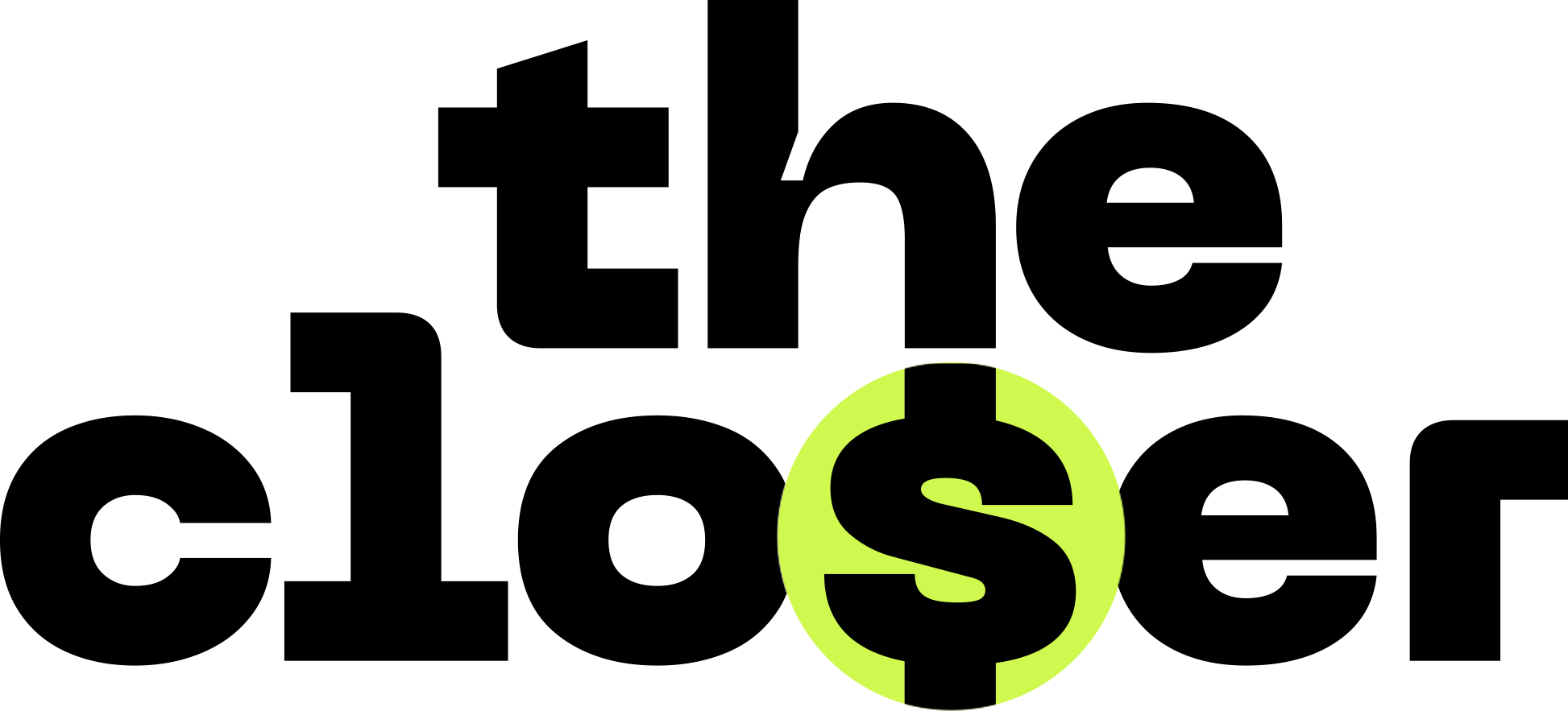Good morning and welcome to The Closer, the newsletter all about deals. Today’s edition is short and sharp — one tactic, backed by research, to help you negotiate smarter. No headlines, no noise — just a Nugget you can deploy by lunchtime.
If you have a friend trying to work something out – a big deal, a tricky negotiation – please forward this to them.
Join the community by following us on X and Linkedin.
CULTURAL
ANCHORING
DIFFERENCES
Closer Tactic #56 • Deal Psychology
Most Americans anchor aggressively.
In many cultures, that's negotiation suicide.
The Nugget
Anchoring effectiveness varies dramatically across cultures.
When Uber expanded into Asia, their aggressive Western anchoring style initially backfired. In Japan and Korea, extreme first offers were seen as disrespectful and relationship-damaging. Uber had to adapt by using softer anchoring language ("We were hoping for something around...") and allowing more face-saving adjustment room.
Research shows high-context cultures respond better to anchors framed as starting points rather than positions.
How to Deploy
• In high-context cultures, frame anchors as "initial thoughts" or "starting points"
• Allow more adjustment room in collectivist cultures to preserve face
• Use relationship-preserving language: What would work for both of us?
Avoid treating all cultures the same. What works in New York might fail in Tokyo.
Takeaway
Your anchor needs a passport—adapt it to the cultural context.
Reply with a cross-cultural negotiation lesson you learned—
we might feature you (and send a mug).


